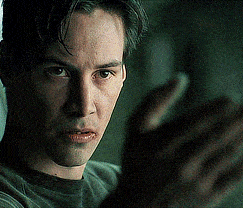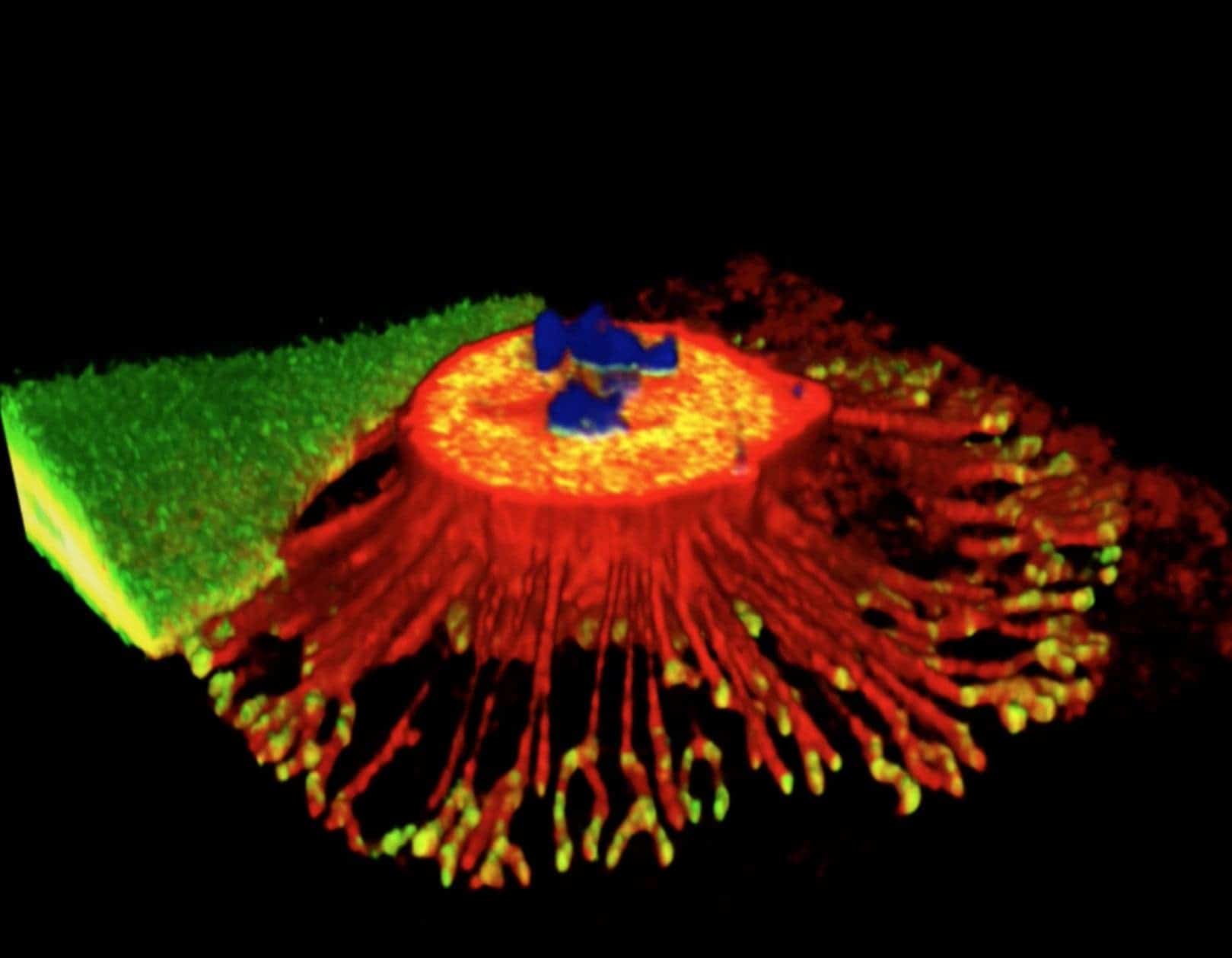In the movie, The Matrix, Neo masters over a dozen martial arts in a fraction of a second as the necessary skills are uploaded straight into his consciousness. Given our current understanding of how the brain works, this is quite preposterous in real life but you’ll be surprised to hear some scientists have tested a similar ‘skill upload’ system with remarkable results.
Using transcranial direct current stimulation, or TDCS for short, a team from Malibu-based HRL Information and System Sciences Laboratory transmitted the recorded brain patterns of six commercial airline pilots to novices learning to fly.
We know that when an expert and a novice attempt to perform the same task, their brain patterns will be different. Ever wondered how an expert makes a task look easy? All that grace and finesse is the product of thousands of hours of practice, which in the brain are captured in ‘neural superhighways’ which aren’t yet formed in the novice brain.
The novices received the zaps that encoded the expert brain wave patterns through electroencephalography (EEG) caps. Over a period of four consecutive days, the 32 participants went through standard flight training procedures like taking off, altitude control, controlled descent and so on, all with their thinking caps on.
During these exercises, some had brain wave patterns fired through the EEG cap, while others received mock simulations.
At the end of the trial, those who actually went through real TDCS performed better than those who didn’t — 33 percent better, the scientists report in Frontiers in Human Neuroscience.
Previously, researchers used similar neural modulation to enhance training for concealed image detection, spatial and verbal working memories, language acquisition or motor skills development. All reported improved performance in training.
Note that while TDCS improved training, it still required active implication from behalf of the novices. In other words, there’s no knowledge transfer but a facilitation. It doesn’t seem like uploading martial arts brain wave patterns will make you into a Kung Fu master anytime soon, but the findings are still staggering considering this field is still in its infancy.
There are some critics that aren’t convinced, though. Science Alert has a roundup, noting sources that call this research “bogus”.
HRL Laboratories does R&D for the Boeing Company and General Motors, and have already filed a patent for their ‘brain-boosting’ interface, so the prospect of financial gain could have clouded the results, or their perception of the results.
Mark S. George, a professor of psychiatry, radiology, and neurosciences at the Medical University of South Carolina, and editor-in-chief of the science journalBrain Stimulation, told Gizmodo that the results are based on a “small sample study in vulnerable employees, performed by scientists with patents pending that will be influenced by the outcome”, adding that in the past, results from tDCS studies have failed to be replicated.







